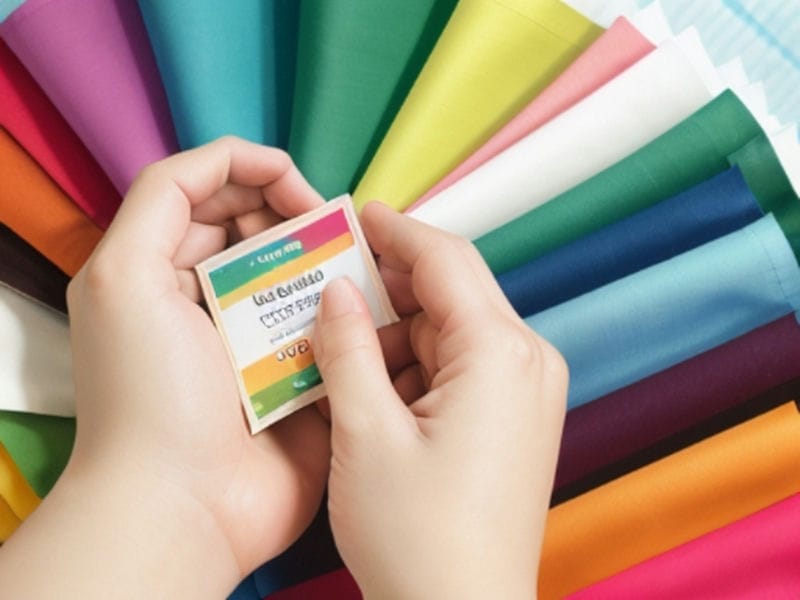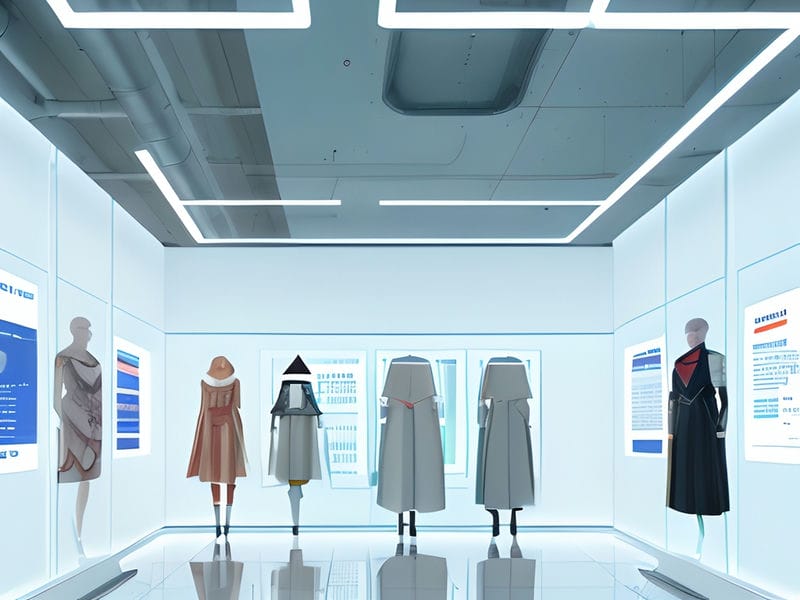
Explanation of what fair trade is and its principles
Zero-Waste Design Techniques for Eco-friendly Fashion
Incorporating eco-friendly practices in fashion design has numerous benefits for both the environment and the industry as a whole. One of the most important advantages is the reduction of waste, which is a major issue in the fashion industry. By using zero-waste design techniques, designers can minimize the amount of fabric that goes to waste during production, thus reducing their environmental impact.
Additionally, incorporating eco-friendly practices can help to reduce pollution and conserve natural resources. By using sustainable materials such as organic cotton or recycled fabrics, designers can lower their carbon footprint and help protect the planet for future generations.
Natural dyes are used to avoid harmful chemicals Upcycling: Giving New Life to Old Clothes Capsule Wardrobe. Handcrafted garments support local artisans Circular Fashion Practices Minimalist Fashion. Furthermore, embracing eco-friendly practices can also be financially beneficial for fashion brands. Consumers are becoming increasingly conscious of sustainability issues and are more likely to support brands that prioritize environmental responsibility. By adopting eco-friendly practices, fashion designers can attract a larger customer base and increase brand loyalty.
Overall, incorporating eco-friendly practices in fashion design is essential for creating a more sustainable industry. By implementing zero-waste design techniques and using sustainable materials, designers can minimize waste, reduce pollution, and appeal to environmentally conscious consumers. It's time for the fashion industry to embrace eco-friendly practices and work towards a more sustainable future.











